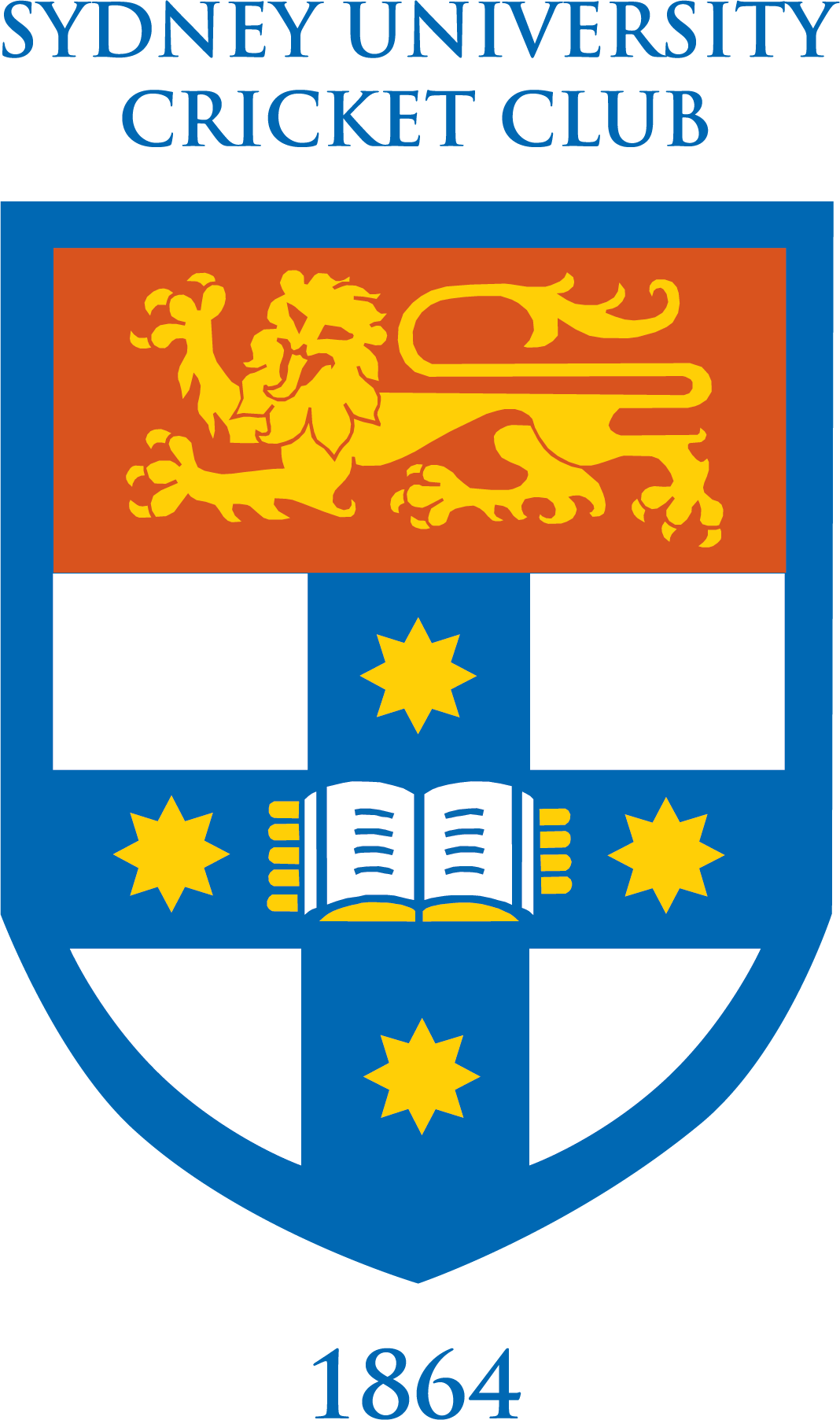Captain Norman Walford Broughton DSO
Norman Broughton was born in 1889 into a family of privilege and prestige.
His grandfather, Frederick Ransom Broughton, was a Minister in the Church of England.
When Norman’s father, Francis Albert Broughton (1865-1922), aged only 18, married Edith Eleanor Walford (1863-1942) it was a marriage of two well-connected families in late 19th century Sydney society.
But by the time that Norman was 25, Australia was plunged into a war that would take 62,000 Australian lives. In the decade before all that, Norman and his older brother Frank went to Sydney Grammar School and then onto the University of Sydney. Frank was an early graduate in the Dental Faculty and played a few games in 1st Grade for SUCC while he was a student. Norman studied Medicine but his course was leisurely. Beginning in 1908, he did not graduate until 1915 and he was able to devote sufficient time to cricket and rugby football to earn Blues in both.
His misfortune, however, was to be a slow bowler during one of the great eras of the Club’s dominance as University won three 1st Grade Premierships. His career coincided with slow bowlers of the calibre of Walter Stack, George Willcocks, Norman Gregg and Fergus Crawford. His form in 2nd Grade was compelling: 186 wickets at 13.45. 1051 runs at 23.88. In 1st Grade, on the other hand, he made little impression: 76 runs at 12.7. One wicket for 95 runs.
Then, just at the time that he might have looked forward to medical practice in the Eastern Suburbs, just before the landing at Anzac Cove, he graduated MB, ChM. Lord Kitchener sent an urgent request to Australia for one hundred doctors. Numbers of wounded were increasing by the day. Medical expertise was desperately needed. So, Broughton enlisted with another five of his 1915 graduating class, all medico cricketers. Roy Minnett (who had already played Test cricket), Eric Barbour (who would have been a Test cricketer but for the war), Norman Gregg, Frank Farrar and Walter Stack all enlisted in the Medical Corps.
Norman’s brother, Frank, was to enlist in the Dental Services in 1916 and their brother in law, Leslie Seaborn, followed in 1917. Both returned, Lieutenant Seaborn with the Military Cross.
Norman sailed with the rank of Lieutenant in March 1915. By the time he reached England, his fate seemed to be sealed. He was attached to 73rd Brigade, Royal Field Artillery and was sent to France in June 1916. There he served faithfully until September. When he was awarded the DSO for a significant act of bravery, however,it was conferred posthumously. His division had moved south to take part in the great offensive on the Somme which had begun in July.
A contemporary at Sydney Grammar was Captain William Edgeworth David (awarded the Military Cross himself in 1917)who wrote in ‘The Sydneian’ of December 1916:
“The brave manner in which he (Broughton) won his DSO added even more glory to that already achieved by Australia and the old school…He was digging out men who had been buried and carrying them out of the danger zone, dressing their wounds and dashing back for more wounded…”
About a week after this, however, on 10 September, Captain Broughton was killed when a stray shell hit him as he was taking a walk out of his dug-out.
So, this likeable, brave, dedicated doctor never saw another cricket field, never saw Australia again, never practised his medical craft again. More than 50 medical graduates and students of Sydney University gave their lives in the war. Of the 1915 medical graduates, however, Minnett, Barbour, Gregg, Farrar and Stack all returned. Most lived into their seventies and contributed much to medicine in Australian life. Norman Gregg was knighted.
But Norman Broughton, killed on this day 100 years ago, lies in France, buried in Dantzig Alley British Cemetery.
James Rodgers
